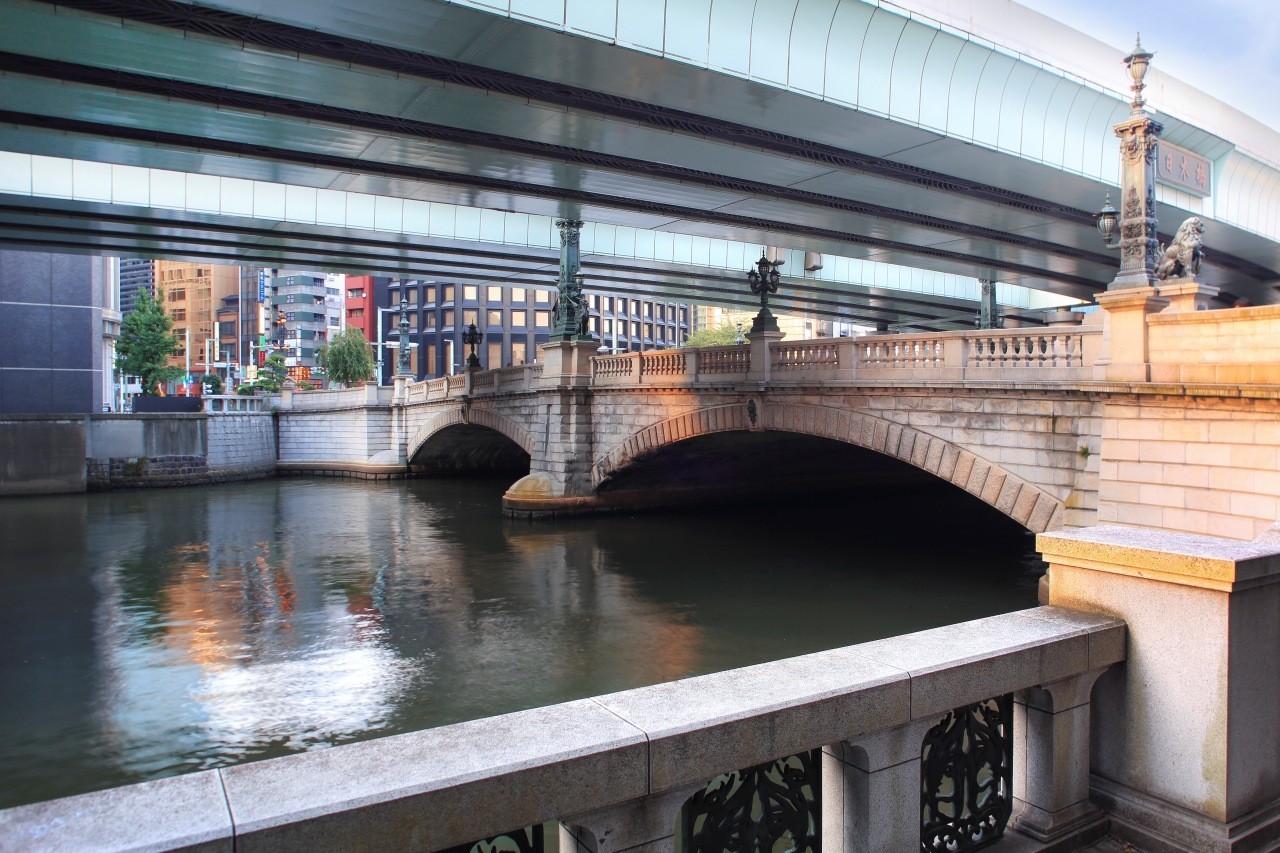
In Japan, there is a belief in the "Shichifukujin," or Seven Lucky Gods. Each of these gods is associated with a different kind of blessing, and by visiting all of them, it's said you can receive various kinds of good fortune. Among the many Shichifukujin pilgrimages held throughout Japan, the one in Nihonbashi, Tokyo, is especially popular. In this article, we’ll dive deep into why the Nihonbashi Shichifukujin pilgrimage is so beloved, its unique charms, the specific blessings of each god, details about the shrines, and the best way to make the journey.
What Are the Seven Lucky Gods of Japan? Names and Blessings of the Shichifukujin
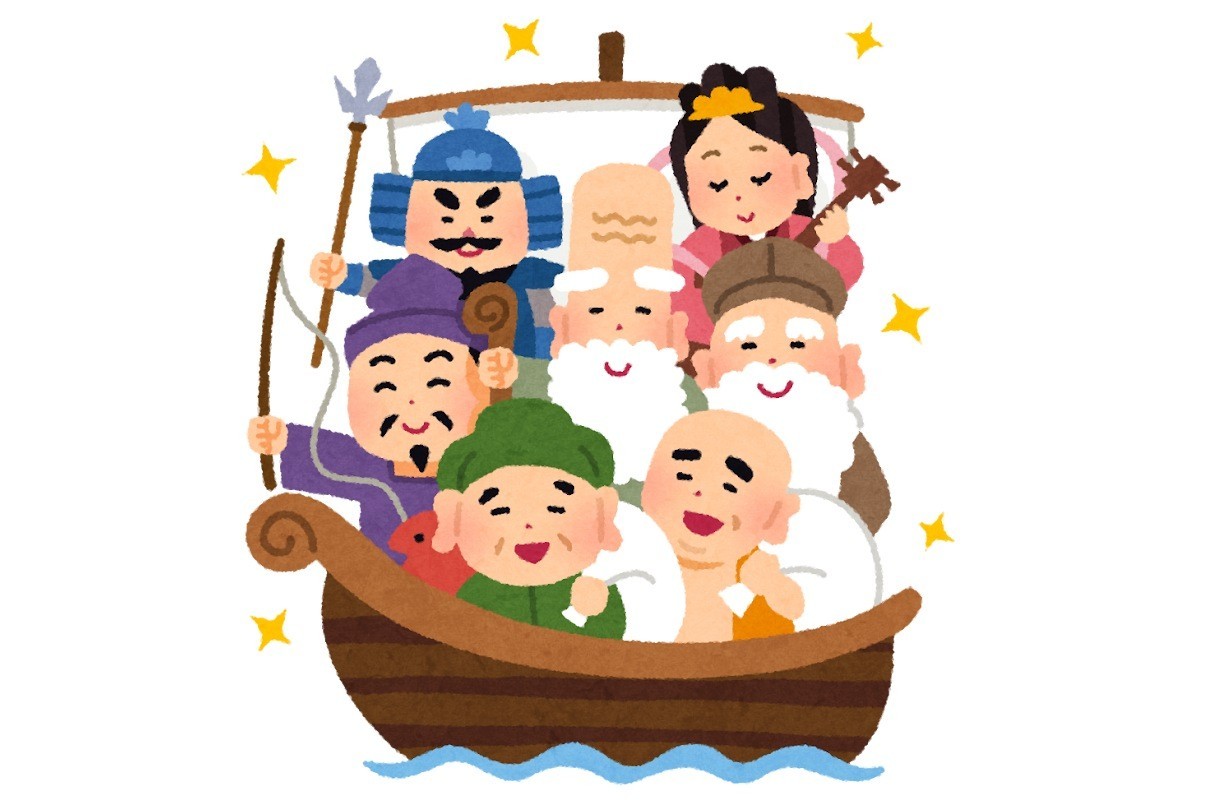
Gods who bring about "good fortune and prosperity" are called "fukujin" in Japanese. The "Shichifukujin" refers to seven deities believed to bring different types of good fortune: Ebisu, Daikokuten, Bishamonten, Hotei, Fukurokuju, Jurōjin, and Benzaiten. Each offers its own unique blessing. The belief in these gods is said to have begun during Japan's Muromachi period and has been passed down for over 500 years. Even today, during the New Year, many people do a Shichifukujin pilgrimage or decorate their homes with images of the Seven Lucky Gods riding a treasure ship, hoping for good luck. There's even a tradition that says placing such an image under your pillow on the night of January 2nd will bring you good fortune.
The Seven Lucky Gods are a blend of Japan’s traditional beliefs and deities that originated in India and China. The only native Japanese deity among them is Ebisu; the others are of foreign origin. Let’s take a look at the kind of blessings each of these gods is believed to bring.
Blessings and Characteristics of the Seven Lucky Gods
| Name of the God | Origin | Blessings | Characteristics |
| Ebisu | Japan | Prosperity in business, rich harvests (god of fishing and agriculture) | Smiling face holding a sea bream |
| Daikoten | India | Luck with money, success at work | Carries a lucky mallet and a large bag |
| Bishamonten | India | Victory, financial fortune, protection from evil | Powerful figure wearing armor and holding a spear |
| Hotei | China | Fertility, happy marriage, general good luck | Big belly and cheerful smile |
| Fukurokuju | China | Longevity, health, wisdom | Long head and carries a staff |
| Juroujin | China | Longevity, health, happiness | Sage-like figure accompanied by a deer |
| Benzaiten | India | Wealth, success in arts and entertainment, academic achievement | Beautiful female deity playing a biwa (Japanese lute) |
Why Is the Nihonbashi Shichifukujin Pilgrimage in Tokyo So Popular?
Here’s why the Shichifukujin pilgrimage in Nihonbashi, Tokyo, is especially attractive.
Easy Access in the Heart of the City
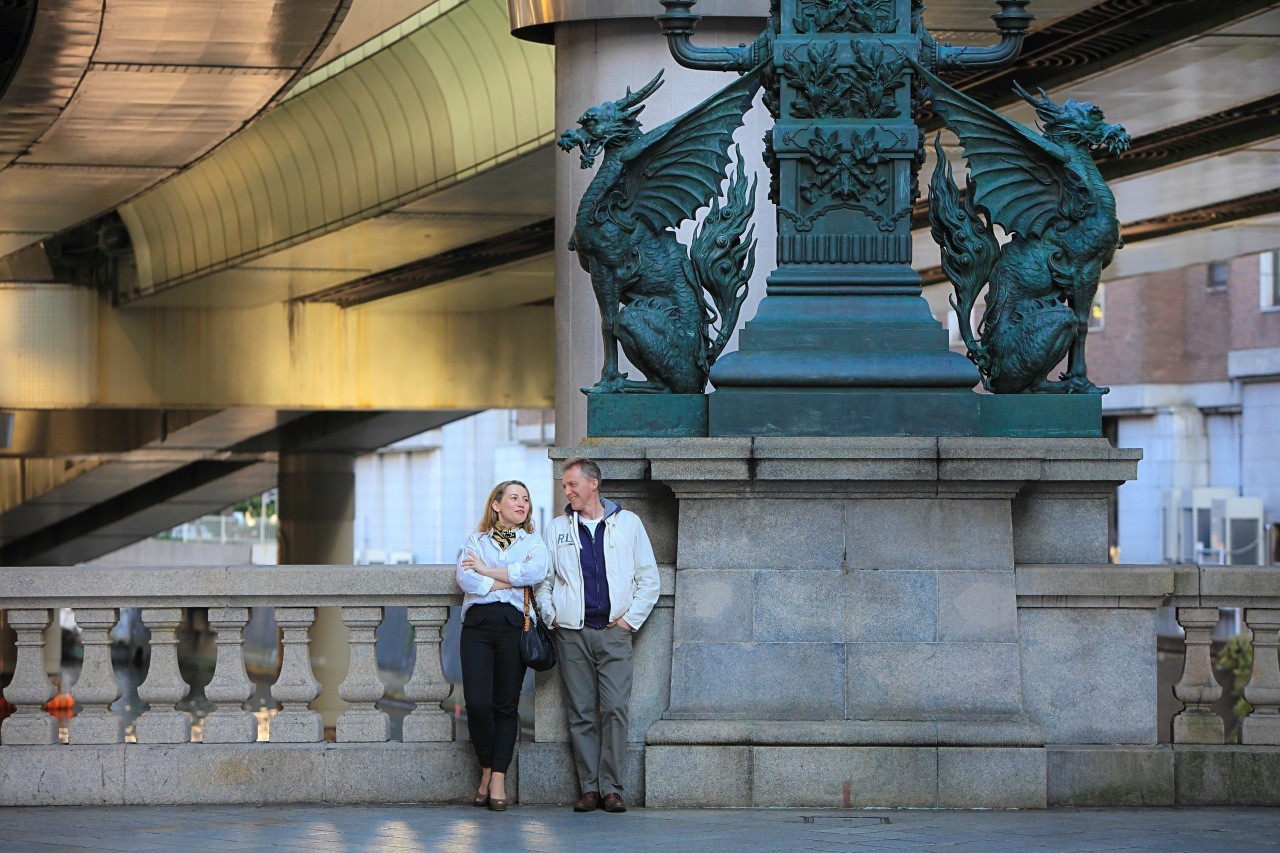
The biggest charm of the Nihonbashi Shichifukujin pilgrimage is how easy it is to get to. Located in the heart of Tokyo, Nihonbashi is just about a 10-minute walk from Tokyo Station. It’s also easy to reach by subway or bus, making it a super convenient spot to visit.
A Short, Easy Walk – Perfect for Families
In some regions, Shichifukujin pilgrimages require buses or taxis to get around a wide area. But in Nihonbashi, you can visit all the shrines on foot in about 2 to 3 hours. The path is mostly flat, so you can enjoy a pleasant stroll while taking in the city atmosphere. Even with kids, the walking distance is short enough to be fun, like a stamp rally! You can collect goshuin (temple stamps), talk about the unique traits and blessings of each god, and enjoy a hands-on cultural experience without getting bored.
The Historical Significance of Nihonbashi
Nihonbashi isn’t just a business district filled with tall buildings. Back in the Edo period, it was the starting point of the "Gokaidō" (Five Highways) (*1) and a bustling hub of commerce. All major roads began at Nihonbashi, and even today, you’ll find the "Nihonkoku Dōro Genpyō" (Japan’s Road Origin Marker) on the Nihonbashi Bridge. This spot is known as Japan’s "zero point"—literally the center of the country’s road network.
*1 The Gokaidō were the five main highways established by the Tokugawa shogunate during the Edo period: Tōkaidō, Nakasendō, Nikkō Kaidō, Ōshū Kaidō, and Kōshū Kaidō.
The current site of the Bank of Japan (in Nihonbashihongokuchō, Chūō-ku, Tokyo) was once home to "Kinza," (*2) a mint where gold coins were made. In addition to minting coins, it also played a role similar to today’s central bank by issuing currency. With such deep historical ties to money, Nihonbashi naturally draws people hoping to improve their financial fortune.
Reference: Bank of Japan official website
*2 "Kinza" was a government-authorized mint that held a monopoly on the production of all gold coins except for large oval coins called Ōban.
Recommended Route and Duration for the Nihonbashi Shichifukujin Pilgrimage in Tokyo
There is no fixed starting point or order for the Nihonbashi Shichifukujin pilgrimage. You are free to begin at any convenient location. Here, we’ll introduce a recommended route, estimated duration, busy spots and times, and the best seasons to go.
Recommended Route
- (1) Start at Koami Shrine (Benzaiten, Fukurokuju): Closest station is Ningyocho Station on the Tokyo Metro Hibiya Line (5-minute walk from Exit A2)
- (2) Chanoki Shrine (Hotei)
- (3) Suitengu Shrine (Benzaiten)
- (4) Matsushima Shrine (Daikokuten)
- (5) Suehiro Shrine (Bishamonten)
- (6) Kasama Inari Shrine (Jurōjin)
- (7) Finish at Suginomori Shrine (Ebisu)
This route allows you to pass through Amazake Yokocho, which is lined with cafes and souvenir shops perfect for a break, while smoothly visiting all seven shrines.
Estimated Time, Crowded Spots & Seasons
The entire pilgrimage takes about 2 to 3 hours. That includes time to visit all the shrines and collect goshuin (temple stamps) at each. If you take breaks or stop for shopping along the way, you can still enjoy it comfortably in about 3 to 4 hours. The period from January 1 to 3 is particularly crowded, as many people visit for New Year’s blessings. Throughout January, locals also visit for workplace-related New Year prayers, so it’s not just tourists. Weekends and national holidays tend to be busy, so weekday mornings are generally quieter. However, even on weekdays, days considered auspicious—such as "Taian," "Tenshabi," "Ichiryūmanbaibi," and "Mi no Hi"—can draw crowds. Koami Shrine, in particular, often has long lines for worship. Visiting in different seasons is also recommended:
- January to early February: New Year’s pilgrimage season. Limited-time goshuin and omamori (amulets) are available.
- March to April: Cherry blossom season. You can enjoy the flowers while strolling. Hamachō River Green Path and Hamachō Park are especially nice for viewing.
- November onward: Cooler weather makes walking pleasant. A great time to explore at a relaxed pace.
Introduction to the Nihonbashi Shichifukujin Shrines: Blessings, Highlights & Goshuin
It’s said that collecting goshuin from all seven shrines brings good luck for the entire year.
Koami Shrine (Koami Jinja) - Benzaiten & Fukurokuju
Originally built in 1466 to ward off plagues, this shrine is surrounded by city buildings yet maintains a peaceful and solemn atmosphere. It's known as a "shrine of great fortune and protection from misfortune," with stories such as all soldiers who carried its amulet returning safely from war, and the shrine buildings surviving the Tokyo air raids. The main hall features two carved dragons: a "rising dragon" on the right and a "descending dragon" on the left, both worshipped as protectors bringing powerful luck. The main deity is Uganomitama no Kami (Inari Ōkami), while one of the enshrined gods, Ichikishimahime no Kami (Benzaiten), is revered as the "Tokyo Money-Washing Benten." Visitors purify coins in the "Money-Washing Well" in the grounds and carry them (without spending) to receive financial blessings. Fukurokuju, also enshrined here, represents not only long life and health but also virtue, happiness, and wealth. As one of the Seven Lucky Gods of Nihonbashi, it's said you should gently stroke its head and then your own while making a wish.
Three types of goshuin are available: "Koami Shrine," "Benzaiten," and "Fukurokuju." All are distributed as pre-written (ready-made) slips.
- Address: 16-23 Nihonbashi Koamicho, Chuo-ku, Tokyo
- Access: 5-minute walk from Ningyocho Station
- Visiting hours: Shrine grounds open 24 hours, amulet/goshuin counter open from 9:00 to 17:00
- Closed: Open every day
- https://www.koamijinja.or.jp/
Chanoki Shrine (Chanoki Jinja) - Hotei
The enshrined deity here is a Fushimi-type Inari, and the shrine served as the guardian of the secondary residence of the Hotta family, lords of Sakura Domain (worth 180,000 koku) and high-ranking elders during the Tokugawa period. The shrine became affectionately known as "Ocha-no-Kisama" (Tea Tree Deity) because tea trees were planted in a rounded hedge around the building. Over the years, no fires occurred in the residence or surrounding area, so it was also worshipped as the "Fire Prevention God." In 1985, the shrine welcomed Hotei and became one of the Nihonbashi Shichifukujin. It's a shrine with deep roots in the local community. There are two types of goshuin available: one bearing the name "Chanoki Shrine" and one for "Hotei."
- Address: 1-12-10 Nihonbashi Ningyocho, Chuo-ku, Tokyo
- Access: 2-minute walk from Suitengumae Station
- Visiting hours: Open 24 hours
- Closed: Open every day
- https://chanoki-jinja.net/
Suitengu Shrine (Suitengu) - Benzaiten


This shrine began in 1818 when Lord Arima of the Kurume Domain in Kyushu enshrined a divided spirit from Kurume at his residence. It has long been famous throughout Japan as a deity for safe childbirth and conception. In the grounds, there's a statue called "Kodakara Inu" (Puppy of Fertility), surrounded by the twelve zodiac animals. It is said that if you stroke your own zodiac animal, you will be blessed with safe childbirth, conception, or healthy growth of children. One of the Seven Lucky Gods enshrined here is Benzaiten, who grants wealth, artistic talent, and academic success. The deity statue is viewable on the 5th of each month and on "Mi no Hi" (Days of the Snake). There are several types of goshuin available, such as "Hōshō Benzaiten (Mi no Hi Only)," "Hōshō Benzaiten," and "Nihonbashi Shichifukujin Meguri." All are offered as pre-written slips.
- Address: 2-4-1 Nihonbashi Kakigaracho, Chuo-ku, Tokyo
- Access: 1-minute walk from Suitengumae Station
- Visiting hours: 7:00–18:00 (Prayer reception: 8:00–15:30 / Amulet counter: 8:00–18:00)
- Closed: Open every day
- https://www.suitengu.or.jp/
Matsushima Shrine (Matsushima Jinja) - Daikokushin
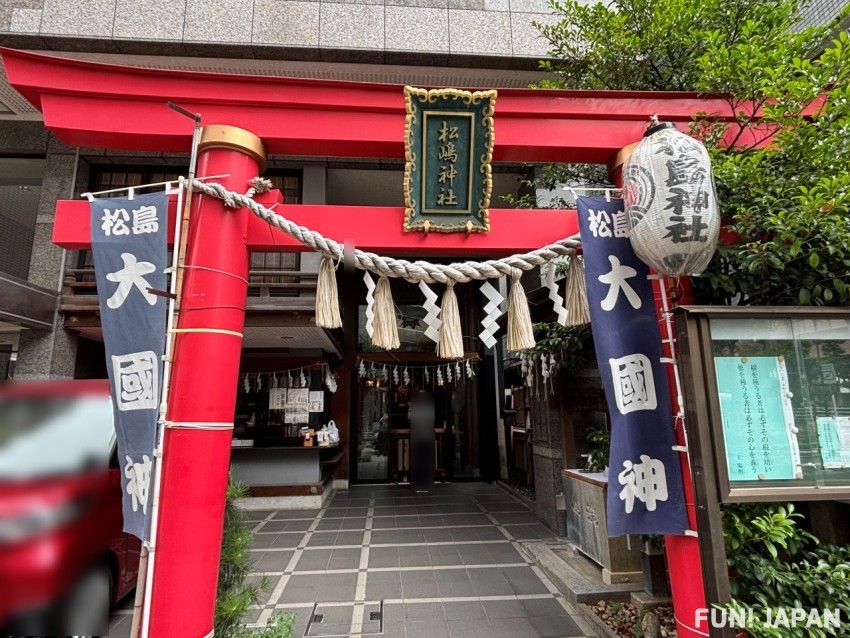
This shrine enshrines Daikokushin, affectionately known as Daikoku-sama. Documents state that it was rebuilt in the early 4th century, suggesting it has an even longer history. The area used to be the sea, with a small island where the shrine priest’s ancestors moved and invited the Inari deity, building a shrine there. The annual Tori-no-Ichi festival is held every November. The shrine is also known for its "Ryoumu-fuda" talisman, believed to turn good dreams into reality. Two types of goshuin are available: one reading "Matsushima Shrine" and another reading "Nihonbashi Shichifukujin Meguri Daikokushin."
- Address: 2-15-2 Nihonbashi Ningyocho, Chuo-ku, Tokyo
- Hours: Open 24 hours. Amulet counter hours vary and are handled as needed.
- Nearest station: 3-minute walk from Suitengumae Station on the Tokyo Metro Hanzomon Line
Suehiro Shrine (Suehiro Jinja) - Bishamonten
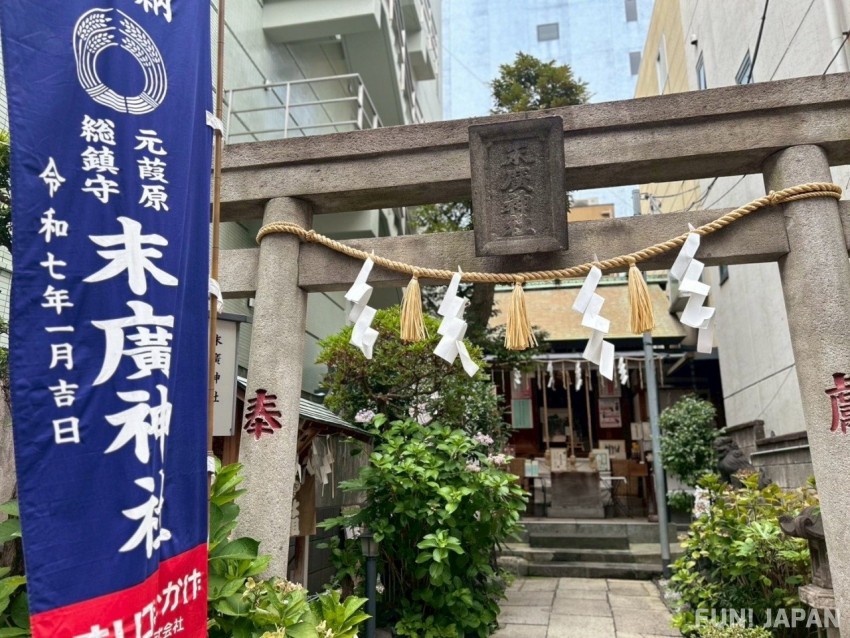
This shrine enshrines Bishamonten, one of the Seven Lucky Gods. Suehiro Shrine is said to have been established as an Inari shrine over 400 years ago, before the first year of the Keicho era (1596). It is believed to bring blessings of financial luck, victory, good fortune, protection from misfortune, and good health. Bishamonten is associated with dragons (Tatsu) and tigers (Tora), so it’s said that visiting the shrine on days of the dragon or tiger brings even more luck.
Address: 2-25-20 Nihonbashi Ningyocho, Chuo-ku, Tokyo
- Access: 5-minute walk from Ningyocho Station
- Visiting hours: 9:00–17:00 (The amulet counter may not always be available)
- https://suehirojinja.or.jp/
Kasama Inari Shrine (Kasama Inari Jinja) - Jurojin
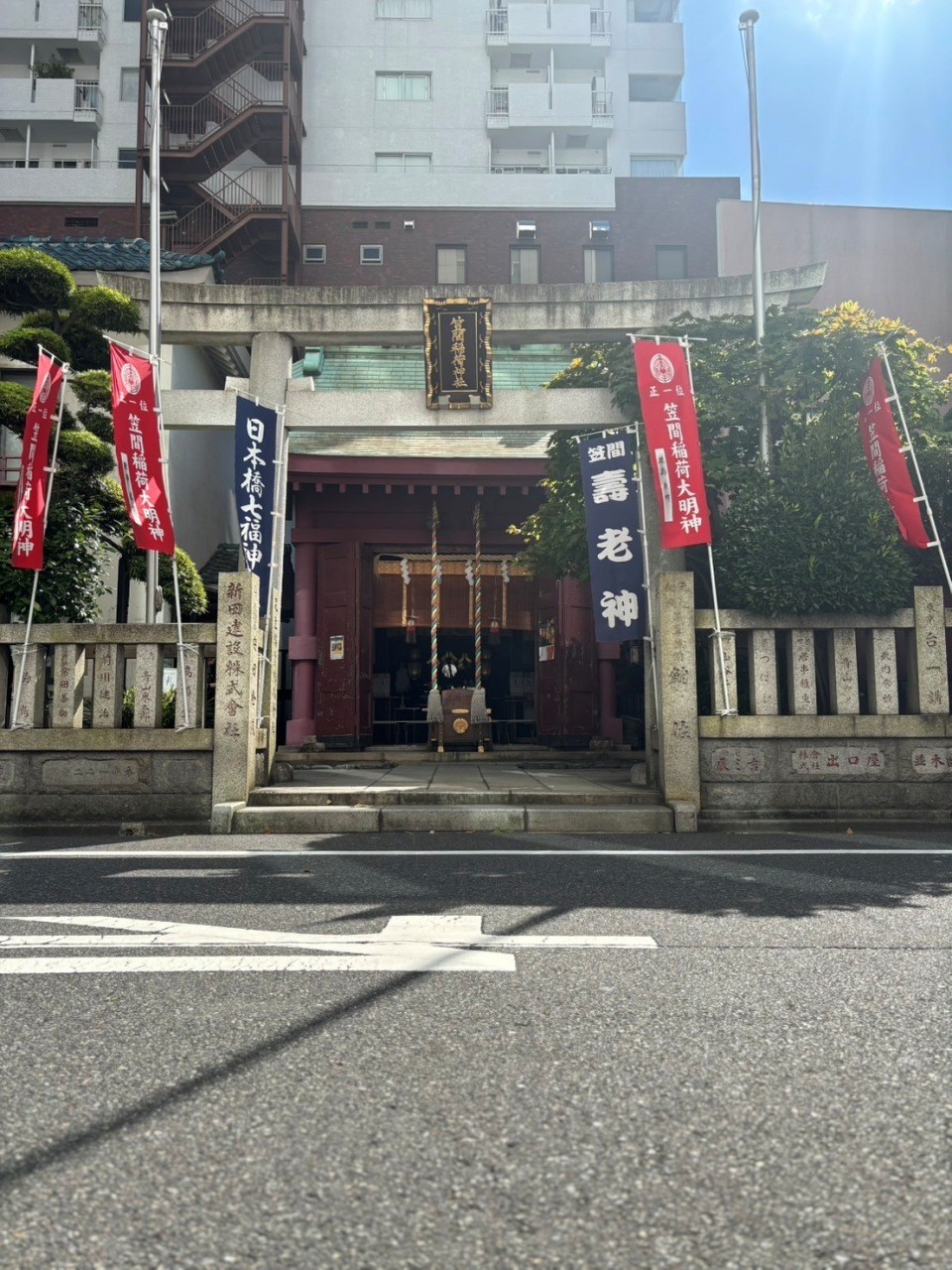
This shrine enshrines a divided spirit of Kasama Inari Shrine in Ibaraki Prefecture, one of Japan’s three major Inari shrines. It was established in 1859 (Ansei 6) when Lord Makino Sadanao of the Kasama Domain brought the spirit to his Edo residence, which is now the shrine’s current location. Widely worshipped regardless of social status, the shrine served as a guardian of Nihonbashi’s fish market and is believed to protect agricultural abundance, fisheries, and industrial prosperity. Jurōjin is the god of longevity and also brings happiness and prosperity by guiding people's destinies. You can receive blessings for family safety, business success, traffic safety, warding off misfortune, and good fortune.
Address: 2-11-6 Nihonbashi Hamacho, Chuo-ku, Tokyo
- Access: 5-minute walk from Ningyocho Station / 5-minute walk from Hamacho Station
- Visiting hours: 9:00–17:00
- Closed: Open every day
Suginomori Shrine (Suginomori Jinja) - Ebisu
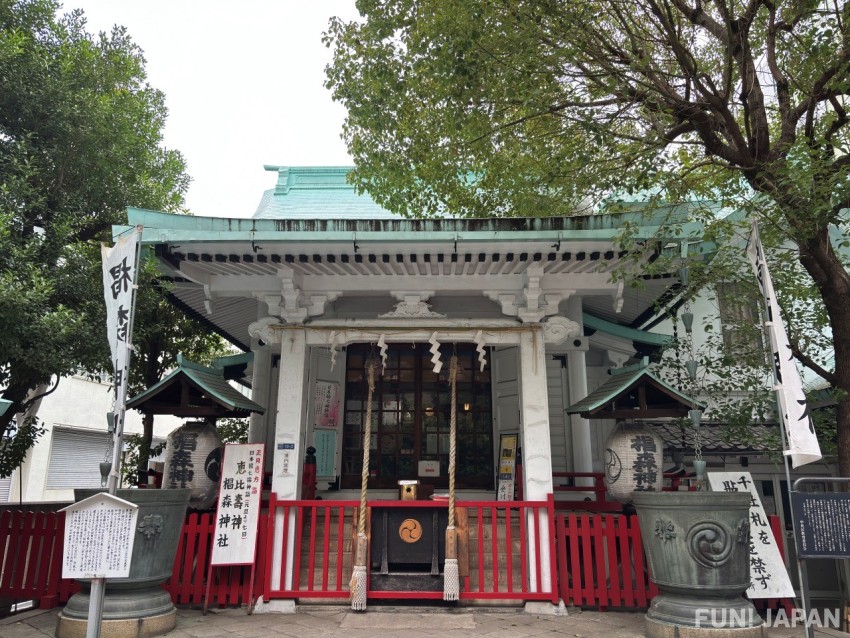
With over 1,000 years of history, this shrine enshrines Ebisu, one of the Seven Lucky Gods of Nihonbashi. During the Edo period, it hosted a lottery known as "Tomi-kuji," a precursor to modern-day lottery, and the grounds still have a "Tomi-zuka" (Lottery Mound). Many visitors come to pray for good luck in the lottery. The shrine’s origin is said to date back to the Heian period when Fujiwara no Hidesato prayed for victory during the rebellion of Taira no Masakado. Limited-edition goshuin (temple stamps) featuring the character "Tomi" (fortune) are available on the 13th of each month, October 3rd (Tomi Day), and during the Lottery Day Festival on September 2nd. If Tomi Day falls on a Friday, the "Tomi" character is written in gold.
Address: 1-10-2 Nihonbashi Horidomecho, Chuo-ku, Tokyo
- Access: 5-minute walk from Ningyocho Station / 5-minute walk from Kodemmacho Station
- Visiting hours: Open 24 hours. Amulet counter: 9:30–17:00 (subject to absence)
- Closed: Open every day
- http://suginomori.g2.xrea.com/
Manners for Visiting Shrines During the Nihonbashi Seven Lucky Gods Pilgrimage
Important Notes
Photography is often not allowed inside the main halls, so please follow the signs and be considerate of other visitors. Be sure to pay your respects to the gods first, and save things like omikuji (fortune slips), amulets, and goshuin for afterward.
Recommended Spots in Nihonbashi, Tokyo
While you're in Nihonbashi, why not explore some of the area's unique and charming spots?
*By purchasing or reserving products introduced in this article, a portion of the sales may be returned to FUN! JAPAN.
Nihombashi Mitsukoshi Main Store
Designated as an Important Cultural Property of Japan, the main building of Nihombashi Mitsukoshi is one of the country’s most prestigious department stores. Just strolling through the beautifully designed interior is enjoyable. The basement food floor is also perfect for souvenir shopping.
- Address: 1-4-1 Nihonbashi Muromachi, Chuo-ku, Tokyo 103-8001
- Opening hours: 10:00–19:00 (Food and 1st Floor: 10:00–19:30)
- Restaurant Hours: Main Building: 11:00–19:00 (7th Floor)
- New Building: 11:00–22:00 (B1, 9th, and 10th Floors)
- *Restaurant and café hours may vary by store—please check in advance.
- https://www.mistore.jp/store/nihombashi.html
Long-Established Shops in Nihonbashi, Tokyo
Nihonbashi is home to many long-established wagashi (traditional sweets) shops and restaurants dating back to the Edo period.
🍴Tabelog 👉 Search for restaurants in Nihonbashi
Accommodations in Nihonbashi, Tokyo
Hotels around Nihonbashi are very conveniently located for both the Seven Lucky Gods pilgrimage and sightseeing in Tokyo.
🏨 Make your reservation here 👉 JTB Nihonbashi Hotels, Ryokan, and Lodging (Tokyo)
How to Get to Nihonbashi, Tokyo
🚌 Limousine bus to Narita Airport and Haneda Airport
bibliography
- A book that understands "shrines and gods" well Author: Susumu Shimazaki Publisher: PHP Research Institute December 3, 2007 First edition first printing
- If you are Japan, you should know! "Illustrated" Shinto and Traditions Encyclopedia Supervised by Sadajun Motegi Publisher PHP Research Institute Co., Ltd. February 10, 2014 First edition first printing published
reference
- Japan Bridge Seven Lucky Gods Tour https://www.nihonbashi-shichifukujin.gr.jp/
- Official Tokyo Tourist Guide https://www.gotokyo.org/jp/destinations/central-tokyo/nihombashi/index.html
- Central Tokyo for Tourism https://centraltokyo-tourism.com/ja-jp/spot/detail/106662
- Tokyo Metropolitan Shrine Agency
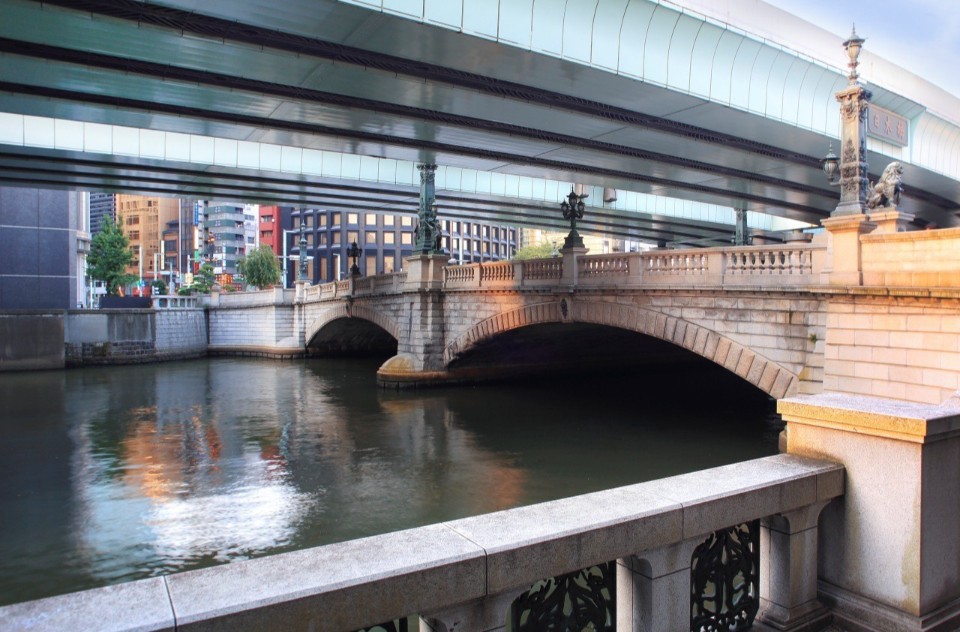

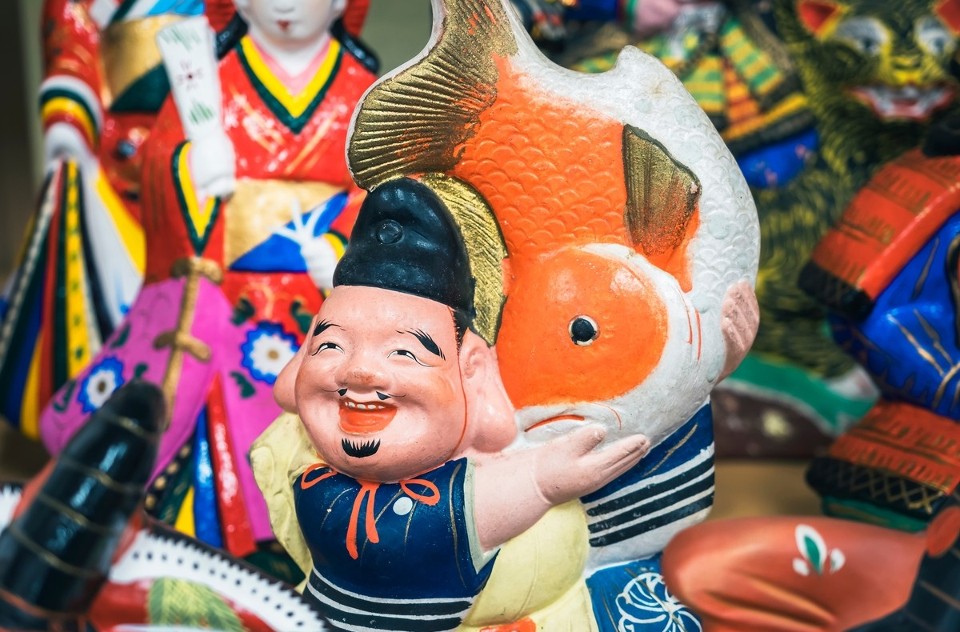
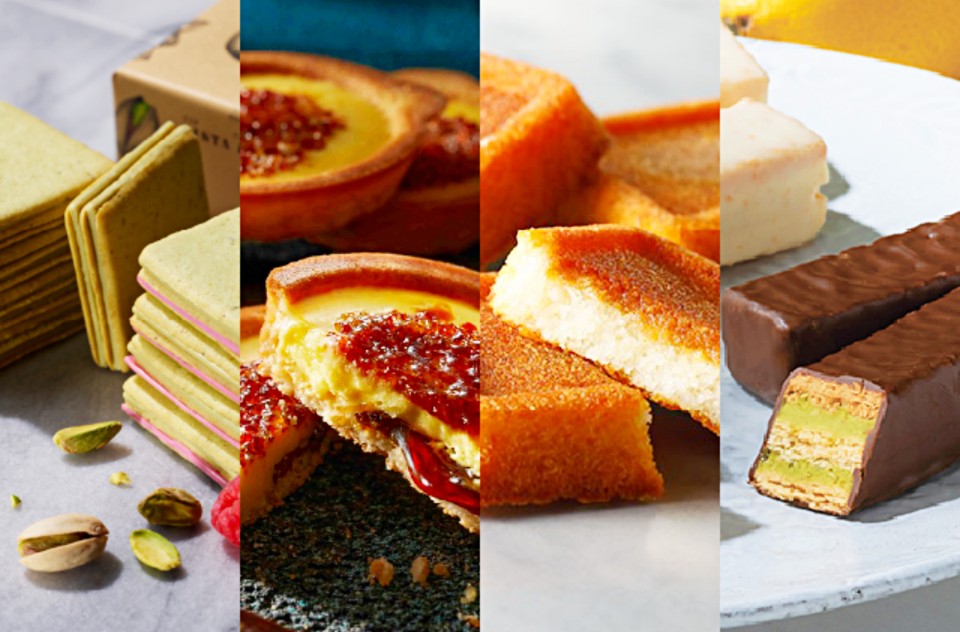
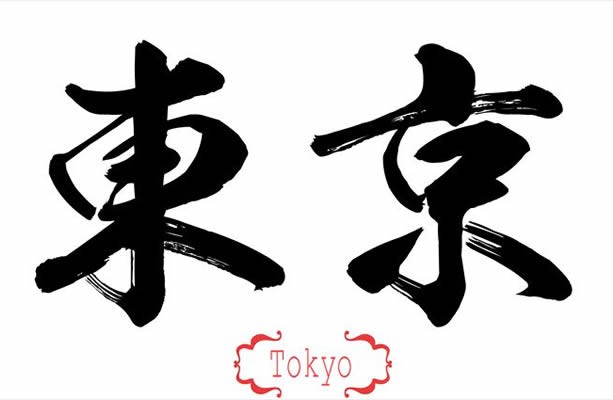
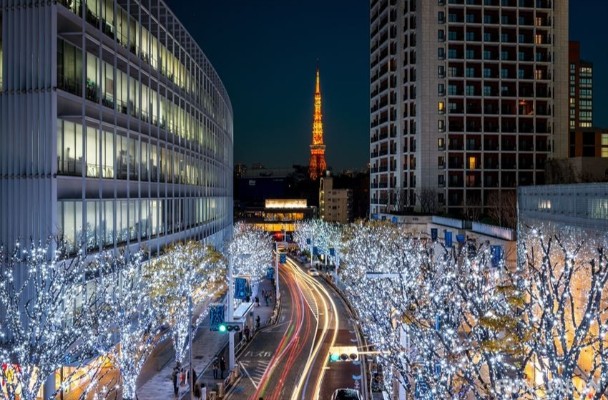
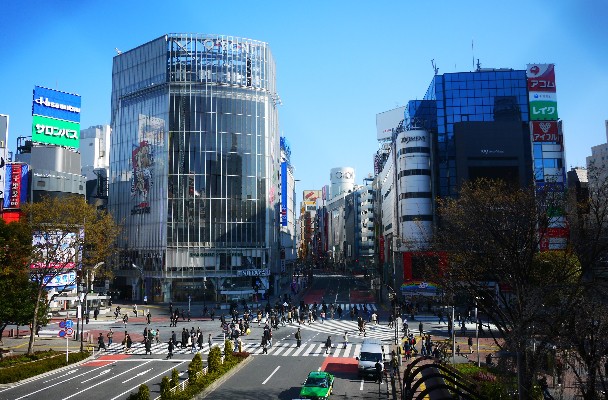
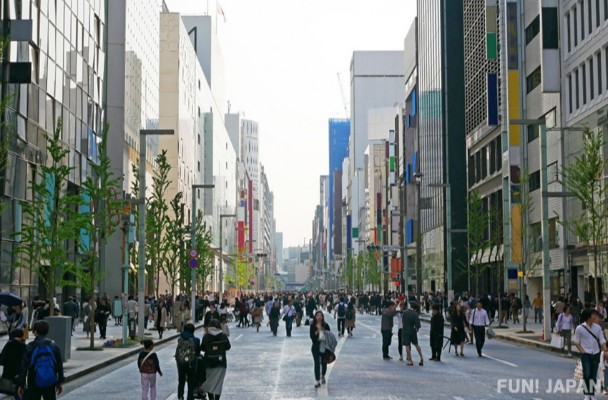
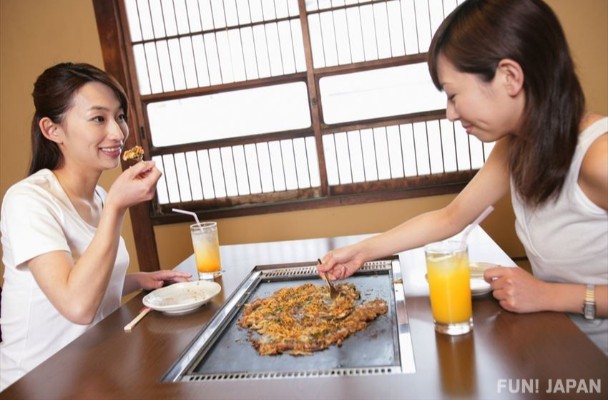
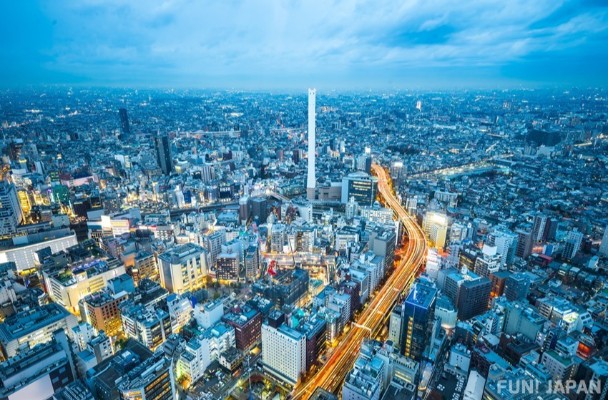
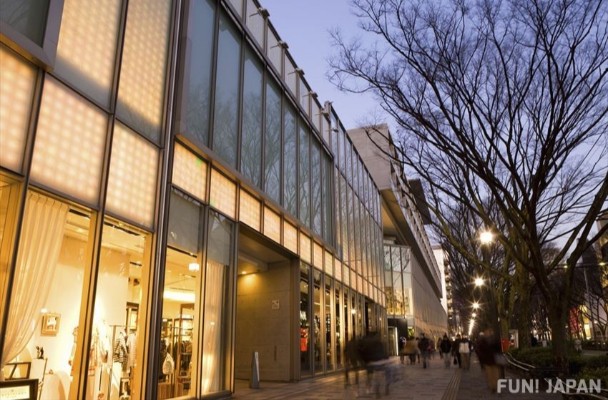
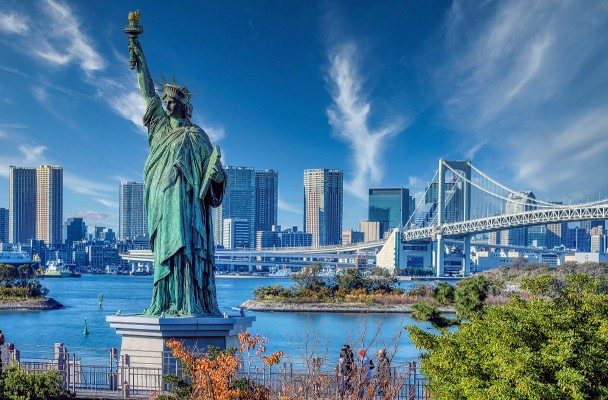
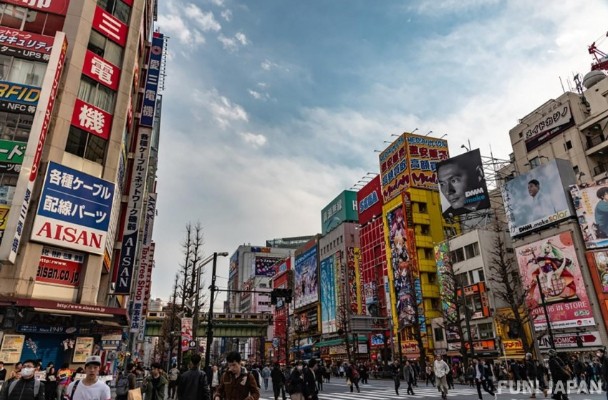
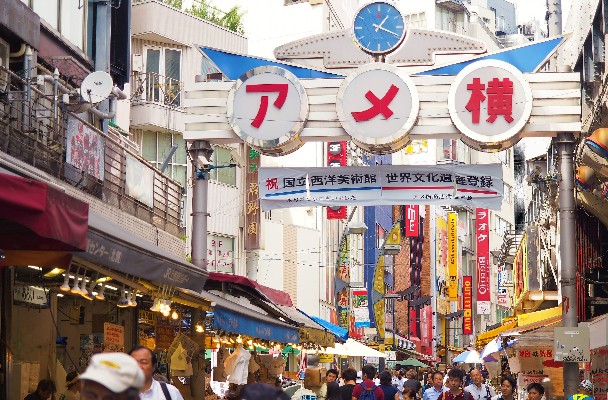
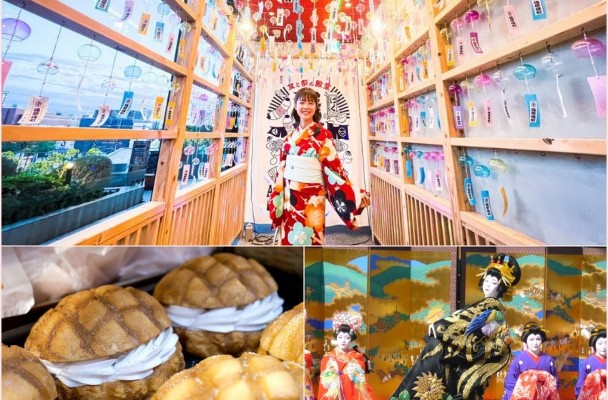
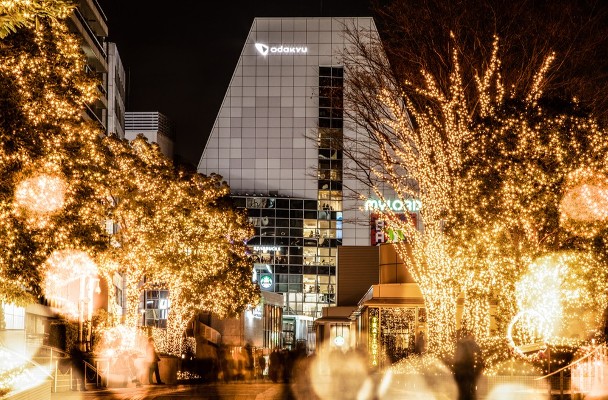
Comments